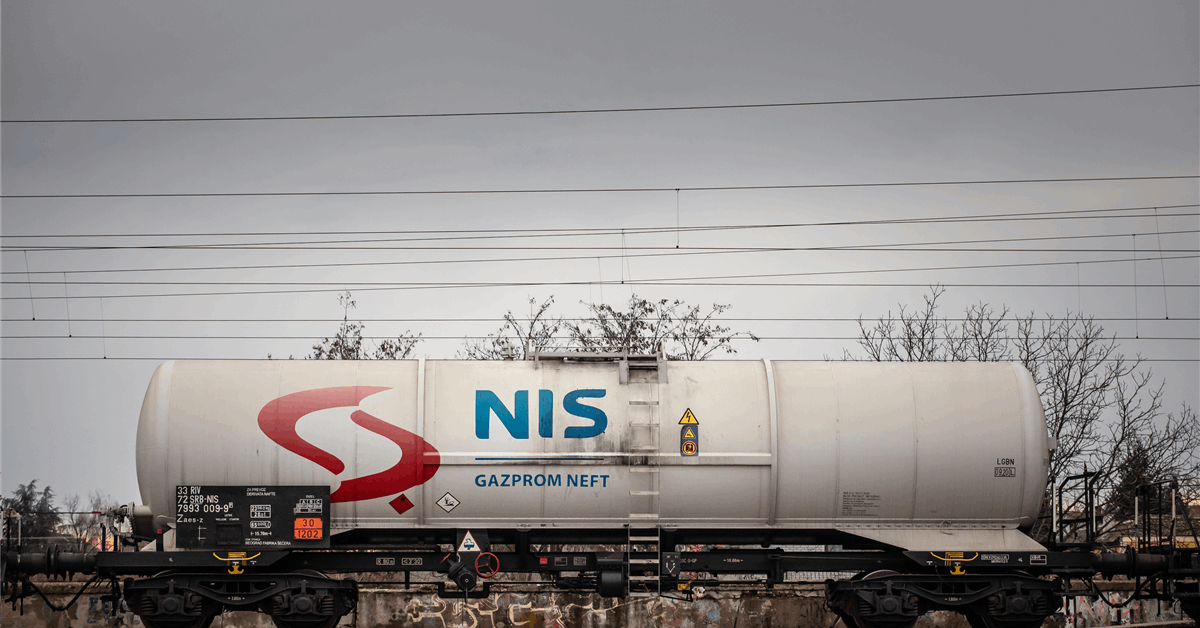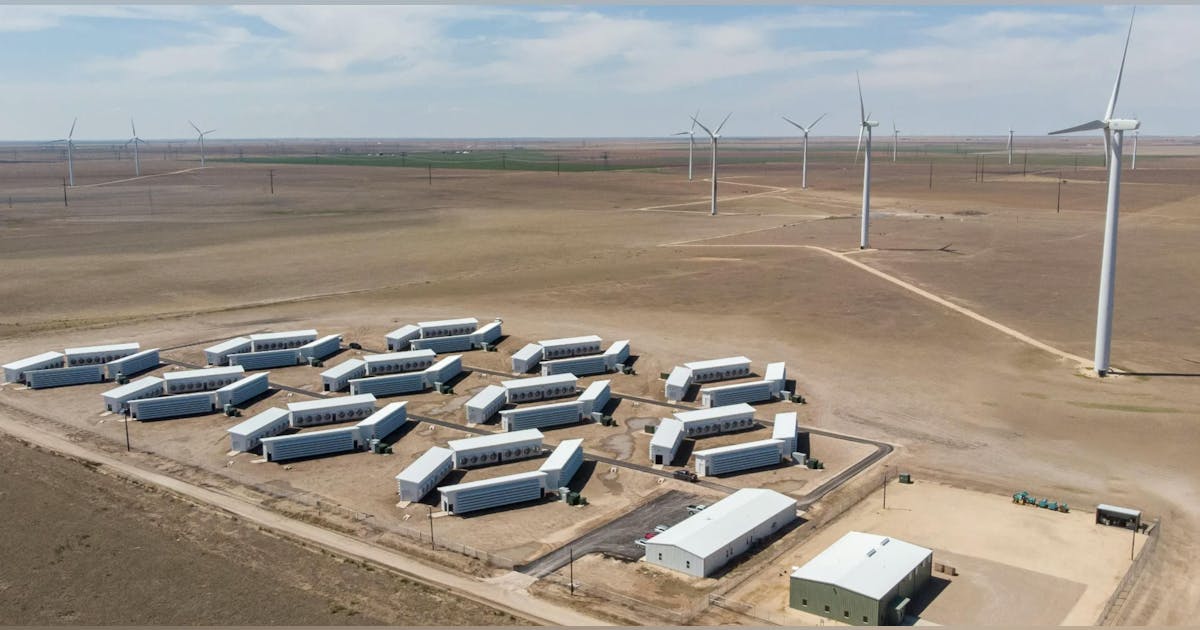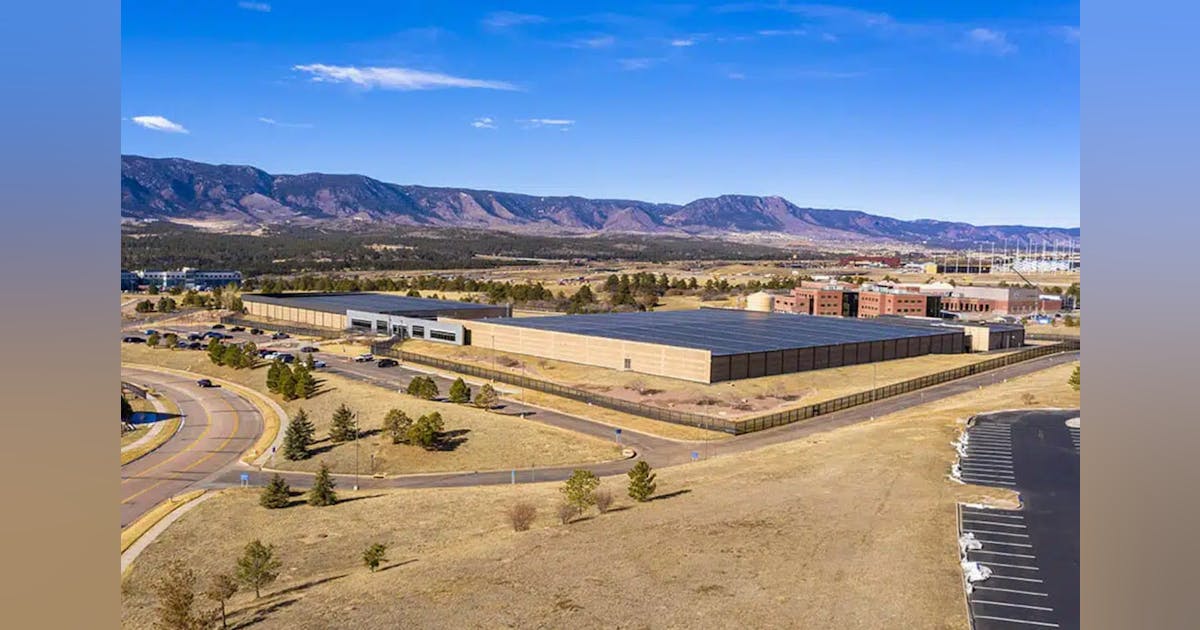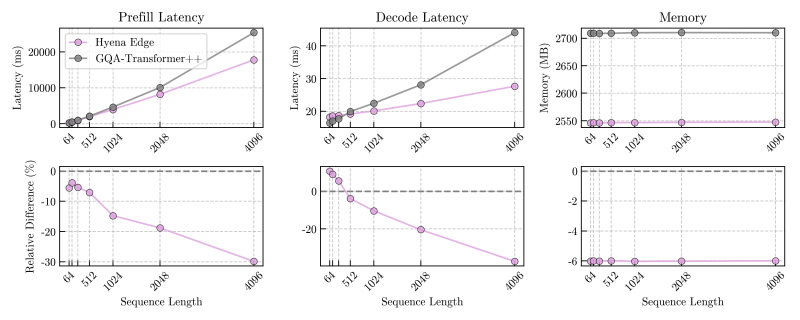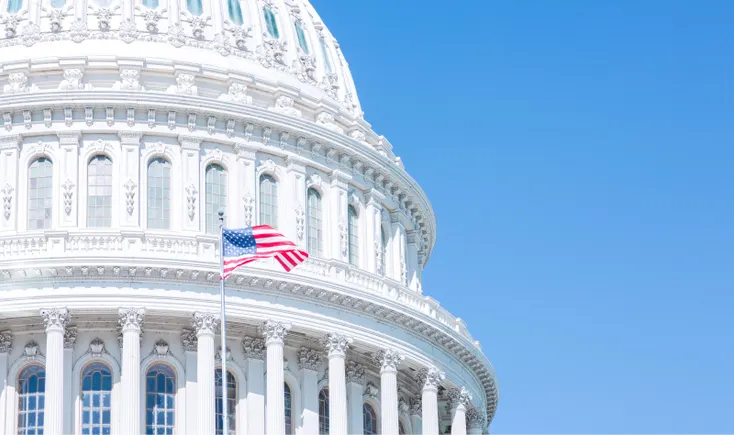
The administration change in Washington has signaled significant repositioning of federal support for the energy and utilities industry. This evolution extends beyond simple program changes, reflecting a broader federal shift in how energy and water infrastructure resources are invested in by the U.S. government through grants, loans and tax incentives. Simultaneously, the introduction of potential new tariffs represents another major factor that impacts an industry struggling with supply chain fulfillment. For utility executives and municipal planners, understanding these changes is critical not just for compliance but for strategic positioning in an increasingly complex operating environment.
Signaling the shift from the Biden Administration and the federal investments planned or in place by the federal government, the Executive Order (EO) 14154 Unleashing American Energy indicates a substantial shift away from federal renewable and clean energy programs toward prioritizing domestic fossil fuel production. This EO also calls for the termination of many renewable and clean energy programs, a reprioritization of domestic fossil fuel production and the pausing of disbursements through the Infrastructure Investment and Jobs Act (IIJA) and Inflation Reduction Act (IRA) for a variety of initiatives.
Federal funding realities: What’s at risk and what’s protected
Obligated federal aid
Federal aid that has been both appropriated and obligated through formal contracts maintains significant legal protection. However, even these funds face potential scrutiny under program-specific Terms & Conditions. Per 2 C.F.R. § 200.340, agencies can terminate agreements if they determine an award “no longer effectuates the program goals or agency priorities.”
Unobligated federal aid and future funding
Unobligated funds face the highest risk of reprogramming or cancellation. Programs like the DOE’s Grid Resilience and Innovation Partnership (GRIP), which expected a final funding round in Spring 2025, may see these unobligated funds redirected or cancelled entirely. The Impoundment Control Act of 1974 requires presidential requests to Congress for approval to withhold appropriated funds, creating a procedural safeguard but not an absolute guarantee.
Tax credits and incentives
While IRA tax credits remain in place currently, they face uncertain futures pending congressional reconciliation processes. A full repeal appears unlikely, but targeted modifications to specific credits could emerge through new legislation.
Cybersecurity and AI: New priorities and requirements
The administration’s approach to technology, particularly artificial intelligence (AI) and cybersecurity, represents both a challenge and opportunity for utilities. Executive Order 14177 establishes the President’s Council of Advisors on Science and Technology (PCAST), while EO 14179 explicitly prioritizes “American Leadership in Artificial Intelligence” which moves from a Biden era cautionary approach for a safe and trustworthy AI development, and explicitly declares a national policy to “sustain and enhance America’s global AI dominance” for promoting technological advancement, economic competitiveness and national security.
For utilities, this policy shift necessitates a more comprehensive approach to cybersecurity that integrates AI capabilities while managing associated risks in the rapidly evolving landscape. Effective strategies include implementing robust AI governance frameworks that emphasize security-by-design principles, develop comprehensive policies addressing both IT and OT environments and establish incident response plans specifically for AI-related security incidents.
Energy Infrastructure: Electric vehicles & energy mix
Energy infrastructure has been a focus of many of the executive orders signed in the past few months as the administration has signaled major priority shifts in the future of energy. Adding further complexity, tariffs on basic materials such as steel and aluminum affect all infrastructure projects—conventional and renewable alike—creating a particularly challenging environment for utilities developing long-term plans.
Electric vehicles
EO 14154 targets electric vehicles by calling to “eliminate the electric vehicle (EV) mandate” and pause funding for construction of EV charging stations. The EO revoked EO 14037, which aimed for 50% of new passenger vehicles to be zero-emission, and EO 14057, which set a goal for the government to acquire 100% zero-emission vehicles by 2035.
The administration believes that policies such as the EV mandate inhibit consumer choice and stunt competition. Funding for EV charging infrastructure through the National Electric Vehicle Infrastructure (NEVI) program and the Charging and Fueling Infrastructure (CFI) Grant Program has been paused, causing some states to pause financial assistance fearing pull-back of federal funding. While funding from the IRA was paused, EV tax credits remain available, though the administration plans to repeal or limit them.
Wind
A memorandum was released, calling for a temporary withdrawal of all new or to-be-renewed offshore wind leases and a comprehensive inspection of existing permits. It specifically covers leases of the Outer Continental Shelf (OCS), defined as the area up to three miles offshore under U.S. jurisdiction. Though stated to be temporary, the timeline for review remains unclear.
The hold on offshore wind projects mainly affects those in the permitting phase, while projects currently in progress or with existing leases are likely to continue as scheduled. Projects currently underway are unlikely to be affected by tariffs, since their costs may be locked in under existing contracts. However, U.S.-imposed tariffs are being pointed to as a financial reason for abandoning offshore wind projects that are early in development in the United States.
Solar
Solar and battery storage projects have not been specifically targeted by any EOs to date. However, the U.S. Department of the Interior issued an order to suspend all renewable energy onshore and offshore permitting requests on federal lands for 60 days from January 20, 2025.
Fossil fuels
Most recently, EO 14241 “Reinvigorating America’s Beautiful Clean Coal Industry”, aims to remove federal regulations that prevent coal production to increase U.S. generation capabilities for AI data centers. Federal agencies are directed to provide a report on the U.S. coal reserves, and the impact to electric costs and grid reliability. This EO reinforces the shift away from renewable energy as well as reinforces AI as a national priority.
Takeaways for utilities
EO 14156 “Declaring a National Energy Emergency” deliberately excludes renewable energy sources from its definition of “energy,” despite citing inadequate energy supply, infrastructure issues and high prices as justification. This strategic omission signals the administration’s intent to prioritize conventional energy sources, namely fossil fuels, over renewables. At the state level, this may spur changes in energy supply fuel standards and state emissions goals. Utilities should closely monitor these shifting priorities to assess how the changes might impact investments and long-range planning. Projects not aligned with these priorities will likely struggle to secure federal funding assistance.
Regulatory and environmental review changes
Section 5 of EO 14154 significantly impacts the implementation of the National Environmental Policy Act (NEPA) by revoking EO 11991, signaling an intent to streamline environmental reviews. This aligns with the goal of expediting new energy infrastructure development, particularly to support growing demand from data centers and AI development.
Legal challenges to these NEPA revisions appear likely, with environmental groups and states expected to contest the rollback of CEQ’s authority. States with strict environmental standards may strengthen their own permitting requirements, creating a patchwork that could complicate multi-state projects.
Agency independence and regulatory uncertainty
EO 14215, “Ensuring Accountability for All Agencies,” requires FERC and other independent agencies to obtain approval for significant regulatory actions from the Office of Information and Regulatory Affairs. This creates uncertainty about FERC’s traditional independence and threatens to politicize energy regulatory decisions, potentially complicating long-term investment decisions for infrastructure projects with multi-decade lifespans.
Federal Intervention of State and Local Climate Policy
EO 14260 “Protecting American Energy from State Overreach” directs the Attorney General to challenge state and local laws that allegedly restrict domestic energy production. Section 2 of the order specifically targets laws addressing climate change, environmental justice and environmental, social and governance initiatives. The order signals the new administration’s attempt to subvert state efforts to build clean energy economies. The order will complicate navigating compliance with emissions targets and other climate-related state goals. How the order will be enforced is uncertain, but the Attorney General will be required to submit a report to the president within 60 days of the order, detailing actions taken and additional steps to terminate climate laws. States with strict climate laws like Massachusetts, California and New York will likely challenge the order. This order points to a larger conflict of energy autonomy and a power struggle between states and the federal government.
Sunsetting regulations
EO 14270 “Zero- Based Regulatory Budgeting to Unleash American Energy” directs federal agencies such as the EPA, Department of Energy (DoE), FERC, NRC and others to implement a 1-year sunset provision on specified existing energy production regulations by September 30, 2025. If the cited regulations are not extended prior to this date, they would potentially expire by September 2026. For new energy regulations, the agencies are directed to implement a 5-year sunset provision after which the regulations would expire if not extended. The intent behind these provisions cites outdated regulations that inhibit innovation; however, these provisions would create uncertainty and confusion for utilities with constantly changing regulations and create difficulties in long term planning efforts. The EO directs agencies to only extend regulations that serve American interests, though it is unclear which interests are being referenced. This EO is likely to be challenged in court.
Global trade shifts: Tariff impacts on energy supply chains
The potential introduction of substantial new tariffs, including a 10% universal levy on almost all imported goods and significant country-specific tariffs present a fundamental challenge to energy infrastructure development. These tariffs can create a complex matrix of impacts varying by technology, supply chain exposure and existing manufacturing capacity. A tension exists between stated manufacturing goals and tariff realities. The investments in domestic clean energy manufacturing spurred by the IIJA and IRA now face headwinds from these same tariffs. Most domestic manufacturers remain dependent on imported components, creating cost increases throughout supply chains. Planning from a supply chain perspective and assessment of existing supplier agreements may be necessary.
Strategic response framework for utilities
In this evolving landscape, utilities require a comprehensive response framework. For financial strategy, utilities should accelerate execution of existing federal grant contracts to secure obligated funds, develop alternative funding mechanisms for projects dependent on at-risk programs and reassess project economics to incorporate tariff impacts and potentially higher capital costs.
Regarding supply chain resilience, organizations should conduct comprehensive vulnerability assessments, develop strategic inventory positions for critical equipment facing supply constraints and explore alternative suppliers in countries facing lower tariff barriers. Utilities should also review approved ratemaking constructs such as exogeneous events provisions to understand the risk-mitigating options before them.
For infrastructure planning, utilities should reassess generation mix plans to account for differential tariff impacts across technologies, review transmission expansion plans for alignment with evolving policy priorities and prioritize infrastructure investments that maintain value across policy scenarios.
In terms of regulatory engagement, proactively engaging with FERC, DOE, and state regulatory bodies, participating in industry working groups developing positions on NEPA revisions, and monitoring legal challenges to executive orders affecting energy policy will be essential. It’s also important for utilities to maintain an open dialogue with their regulatory staff to ensure they understand the potential impacts of policy matter on both utilities and their customers.
Looking ahead: Preparing for further policy evolution
While executive orders create immediate policy shifts, Congressional action and legal challenges will shape the ultimate impact on the energy landscape. Several developments warrant close monitoring, including legislative developments as Congressional actions on appropriations and tax policy will determine the fate of clean energy incentives. Additionally, international trade responses may implement retaliatory measures that further complicate global supply chains, while multiple executive orders face potential legal challenges, particularly those affecting specific regulations and independent agencies like FERC. Finally, market participants will adapt to new realities, potentially creating unexpected opportunities over time.
Conclusion
The recent executive orders and tariff announcements signal a potentially transformative period for the energy and water utility industry. While formal Congressional action and legal challenges will bring greater clarity in coming months, utilities must begin adapting immediately to maintain resilience, sustainability and strategic positioning.
Successful navigation of this evolving landscape requires balancing short-term operational adjustments with long-term strategic realignment. Organizations that develop robust scenario planning capabilities, maintain flexible capital allocation approaches, build supply chain resilience and maintain a proactive and productive dialogue with regulators and other stakeholders will be best positioned to thrive regardless of how policy continues to evolve.
Contact the authors for more information.







